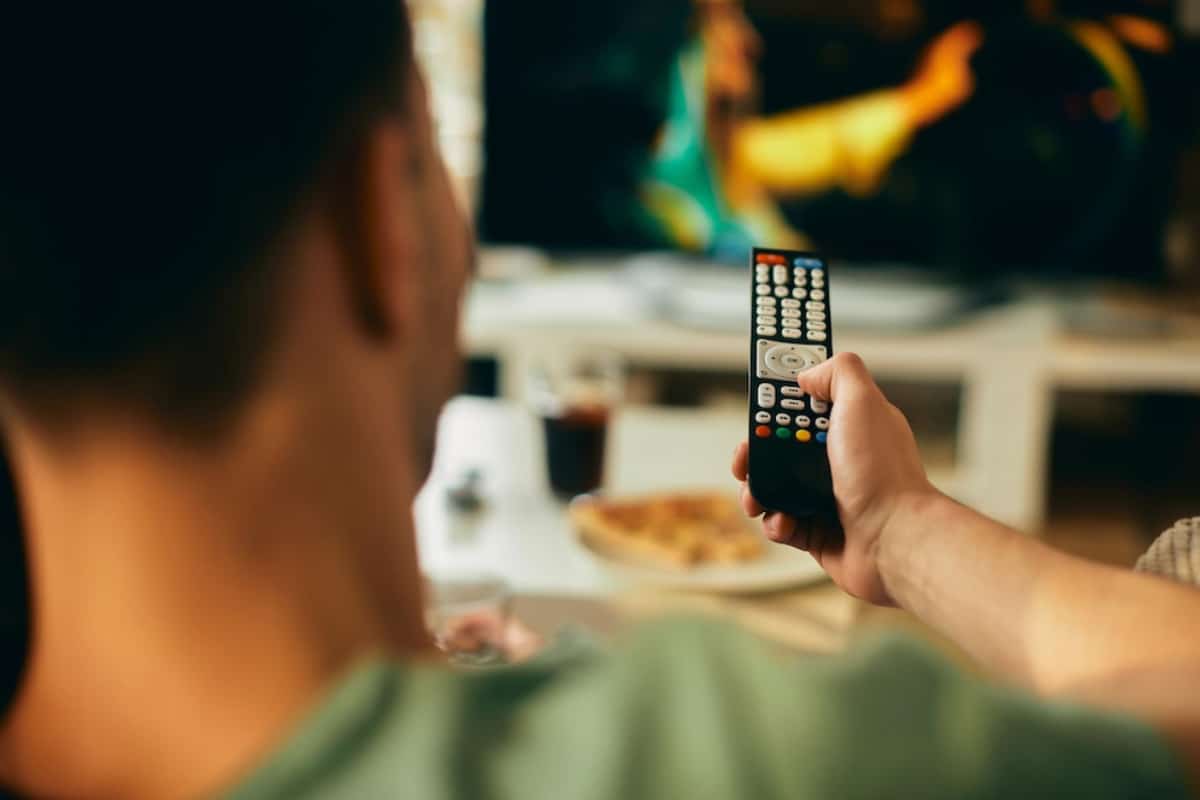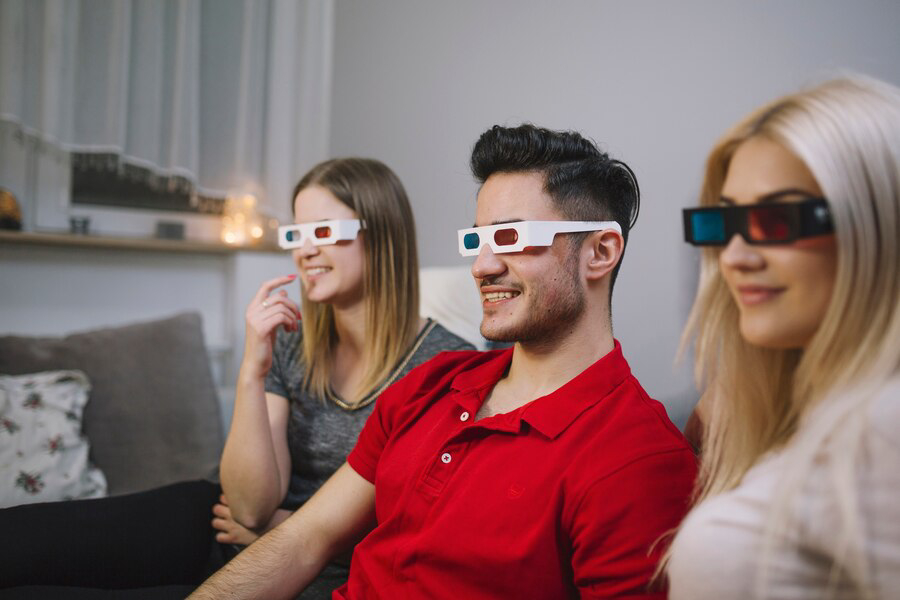
Is Cable TV Dying? How Streaming Has Taken Over
In recent years, television’s terrain has experienced a dramatic upheaval. The streaming revolution has changed our viewing habits, leading many to rethink cable TV’s relevance. The hot topic of streaming vs cable has sparked fervent discussions. More viewers are weighing whether cable is worth their time in the digital age. This blog dives into the tide turning against cable TV and reveals why so many are cutting the cord for streaming alternatives.
Streaming giants like Netflix, Amazon Prime Video, and Disney+ have enchanted audiences everywhere. With an ocean of on-demand content at your fingertips, they serve up convenience and flexibility on a silver platter. You decide what to watch and when to indulge. This raises a key question: “Is cable TV dying?” Join us as we unravel the reasons behind this paradigm shift and explore what it means for the future of television.
Key Benefits / Why It Matters

The transition from cable TV to streaming services is not just a trend; it represents a fundamental change in how we consume media. Understanding the reasons behind this shift is crucial for both consumers and industry stakeholders. Here are some key benefits of streaming services that have contributed to their dominance over traditional cable TV:
1. Convenience and Flexibility
One of the most significant advantages of streaming services is the convenience they offer. Streaming platforms let users watch content whenever they want. This is different from cable TV, which has a set schedule. This flexibility appeals to younger audiences. They grew up in a digital world and expect instant access to entertainment.
2. Cost-Effectiveness
For many, the decision to cut the cord comes down to cost. Traditional cable TV packages can be expensive, with monthly bills often exceeding £50. Streaming services provide a cheaper option, with subscriptions beginning at just £5.99 a month. Cost-effectiveness is a big reason why many people are ditching cable for streaming services.
3. Vast Content Libraries
Streaming platforms are treasure troves brimming with content galore. From timeless classics to fresh, original series and enlightening documentaries, there’s something for everyone. This wide variety invites viewers to jump into different genres and unearth new favourites. In contrast, cable TV feels like navigating a narrow stream, often lacking the vibrant diversity that piques curiosity.
4. Personalisation and Recommendations
Another advantage of streaming services is their ability to personalise content recommendations based on user preferences. By analysing viewing habits and preferences, platforms like Netflix and Amazon Prime Video can suggest shows and films that align with a viewer’s interests. This personalised approach enhances the viewing experience and keeps audiences engaged.
Step-by-Step Guide / Actionable Insights
For those considering making the switch from cable TV to streaming services, here is a step-by-step guide to help you navigate the transition:
Step 1: Evaluate Your Viewing Habits
Before cutting the cord, take some time to assess your current viewing habits. Consider:
- The types of shows and films you enjoy
- How often do you watch TV
- Whether you prefer live broadcasts or on-demand content
This evaluation will help you determine which streaming services best align with your preferences.
Step 2: Research Streaming Services
With numerous streaming platforms available, it’s essential to compare their offerings. Consider factors such as:
- Content libraries (Movies, TV shows, documentaries)
- Subscription costs (Monthly pricing and free trials)
- Device compatibility (Smart TVs, laptops, mobile devices)
Popular services include Netflix, Amazon Prime Video, Disney+, and Hulu, each offering unique features and content.
Step 3: Trial and Error
Most streaming services offer free trials, allowing you to test the platform before committing. Take advantage of these trials to explore the content and user experience before making a final decision.
Step 4: Assess Internet Requirements
Streaming requires a stable internet connection, so it’s crucial to ensure your current setup can support it.
- Check your internet speed
- Consider upgrading your plan if necessary to avoid buffering issues
Step 5: Make the Switch
Once you’ve identified the streaming services that suit your preferences, it’s time to cut the cord:
- Cancel your cable subscription
- Sign up for your chosen platforms
- Adjust your budget accordingly—even with multiple streaming subscriptions, the cost is often lower than cable
Additional Expert Tips & Common Mistakes to Avoid
Expert Tip 1: Explore Bundled Packages
Many streaming services provide bundle deals. These packages include several platforms for a lower price. For example, Disney+ offers a bundle with Hulu and ESPN+ for a reduced price. Exploring these options can provide access to a broader range of content while saving money.
Expert Tip 2: Use Parental Controls
If you have children, take advantage of parental controls offered by streaming services. These features let you limit access to specific content. This helps create a safe viewing space for younger audiences.
Common Mistake 1: Overcommitting to Multiple Services
Subscribing to many streaming platforms is tempting. However, it can get overwhelming and expensive fast. Start with one or two services that offer the content you enjoy most, and gradually expand if needed.
Common Mistake 2: Neglecting to Cancel Unused Subscriptions
As you explore different streaming services, be mindful of subscription renewals. It’s easy to forget about free trials or unused services, leading to unnecessary charges.
- Set reminders to cancel any services you no longer use.
Advanced Insights / Expert Recommendations
Insight 1: The Impact of Original Content
One of the driving forces behind the success of streaming services is their investment in original content. Netflix and Amazon Prime Video have made award-winning series and films. They stand out from regular cable TV. This focus on original programming is likely to continue shaping the industry.
Insight 2: The Role of Live Streaming
While on-demand content is a significant draw for streaming services, the rise of live streaming is also worth noting. YouTube TV and Sling TV provide live sports, news, and more. They connect traditional cable with streaming services.
The Future of TV: Embracing the Digital Shift

The question “Is cable TV on its last gasp?” has never been more pressing. As streaming services swell like a tidal wave, they conquer the media realm. Their convenience, cost-effectiveness, and treasure troves of content spell compelling alternatives to traditional cable TV. With an ever-growing crowd cutting the cord, the television future is unmistakably digital.
If you’re pondering the leap, now’s the perfect moment to examine your viewing patterns and dive into the streaming universe. With guidance from this comprehensive guide and a pulse on industry trends, you can craft an entertainment experience that truly delights.
As we venture deeper into the digital frontier, the landscape of television consumption will continue to evolve. Whether you’re a die-hard cable devotee or a streaming aficionado, embracing these changes ensures you seize every opportunity in the dynamic media world.
So, are you ready to cut the cord and embrace the future of TV?